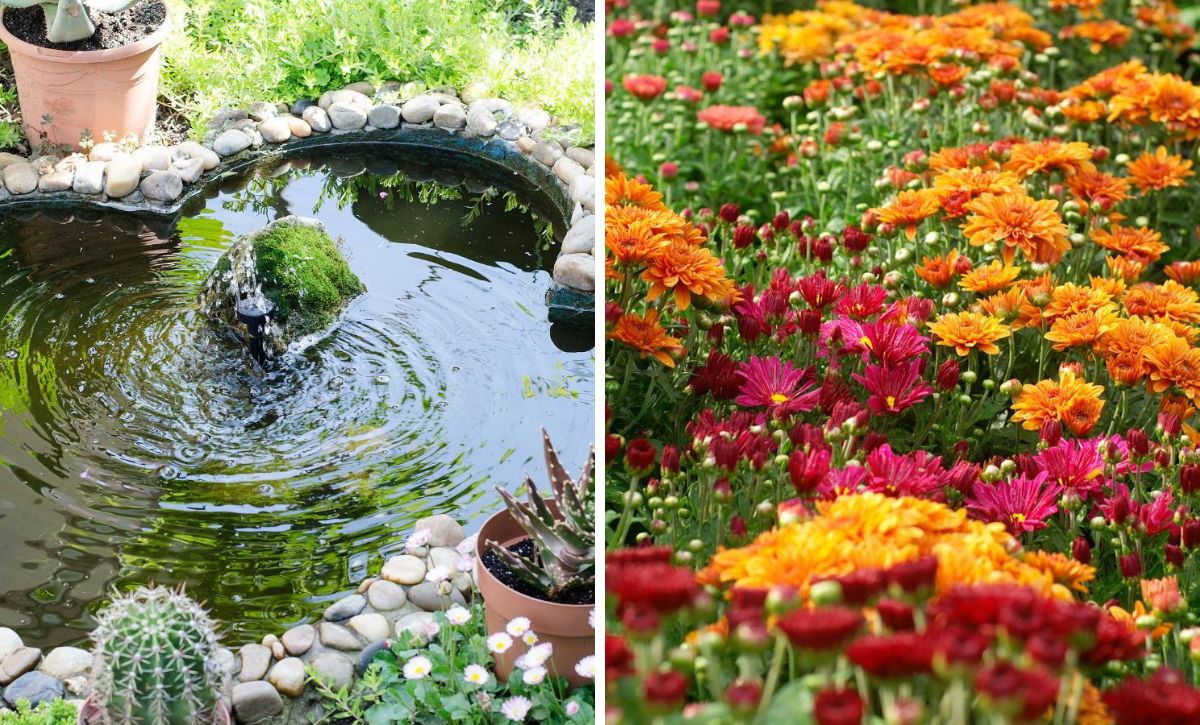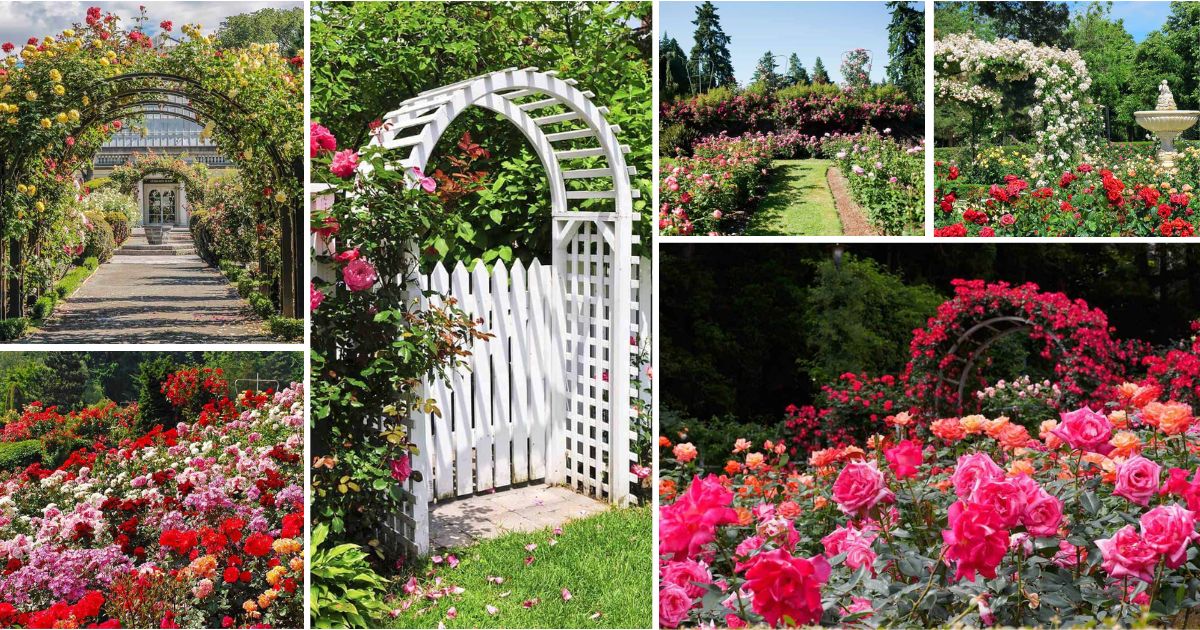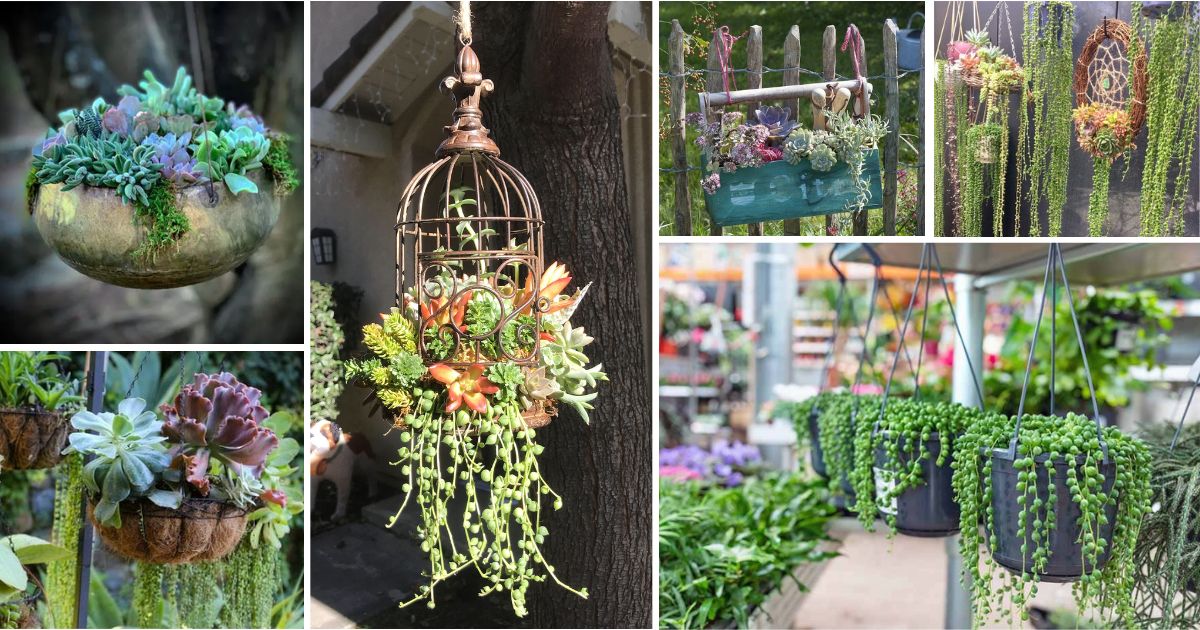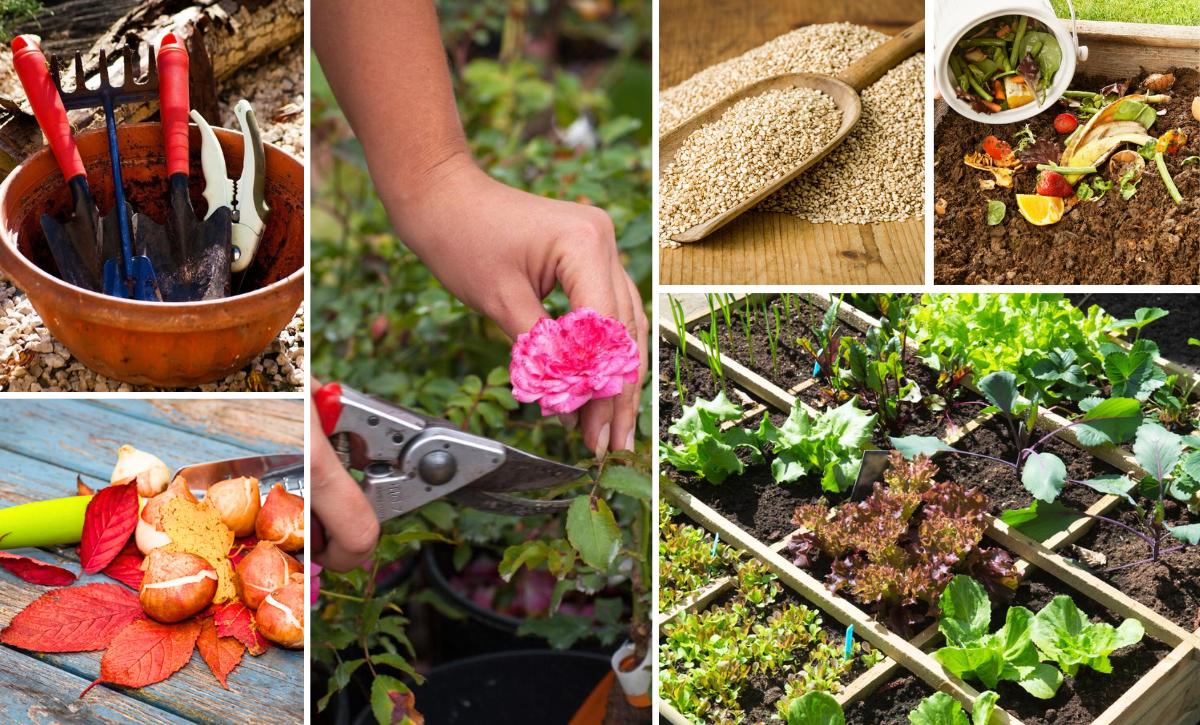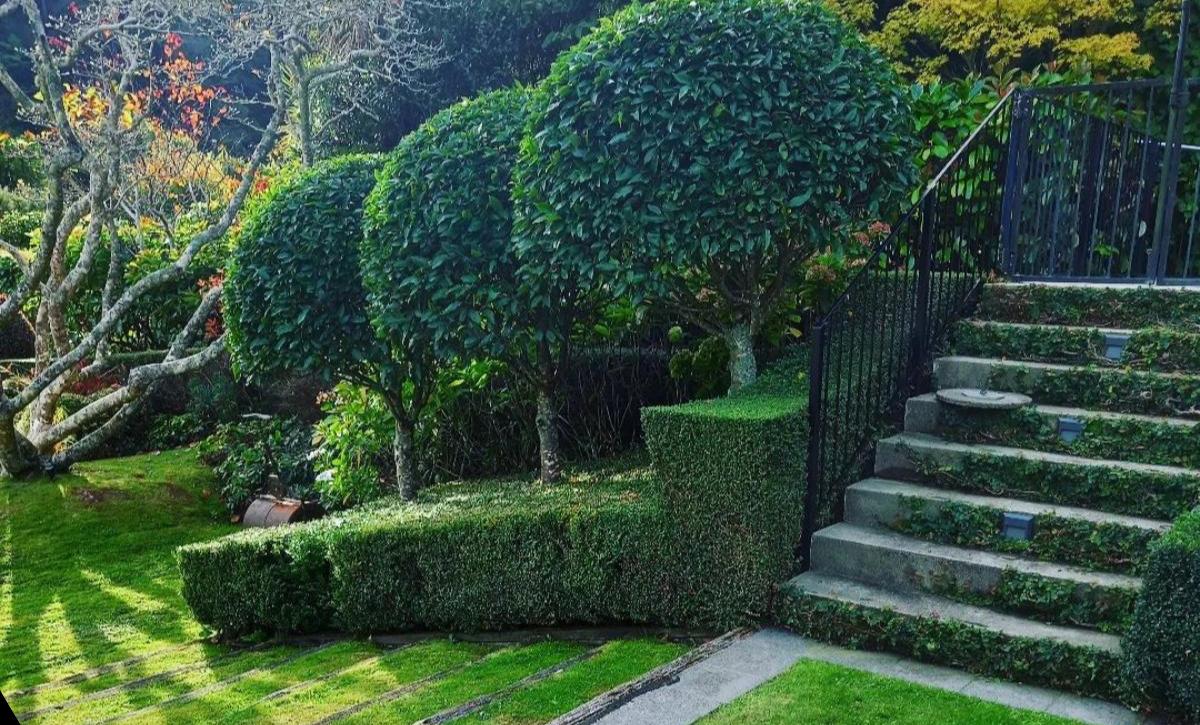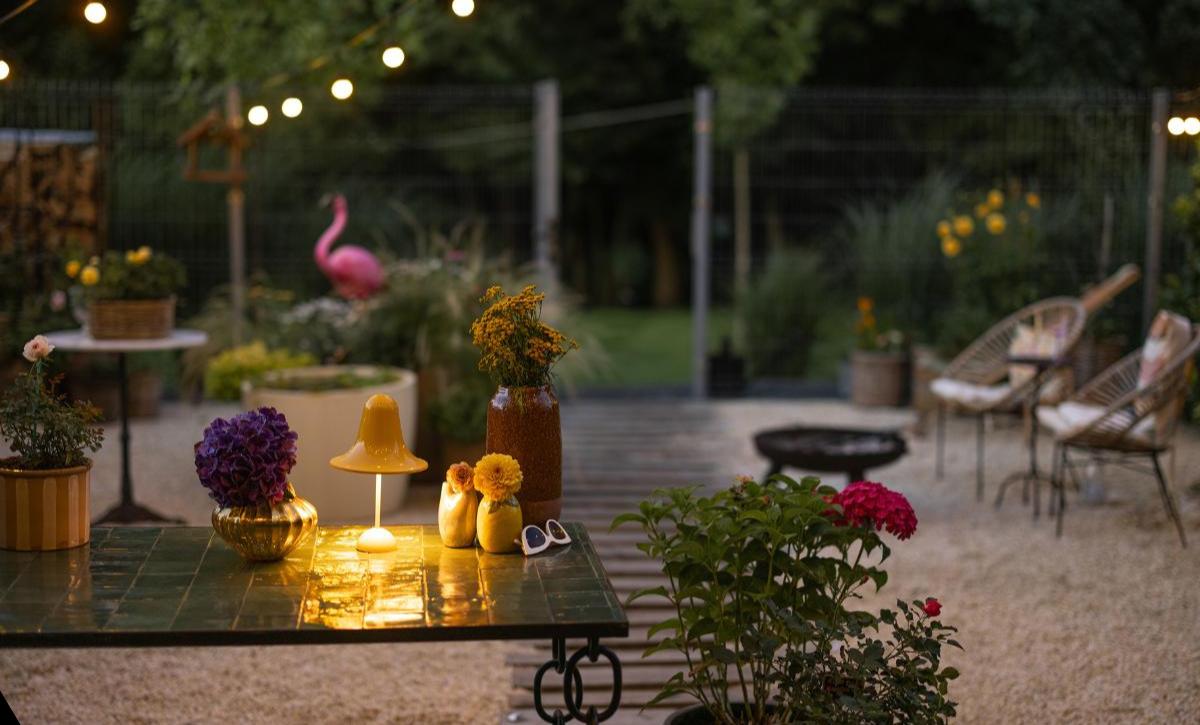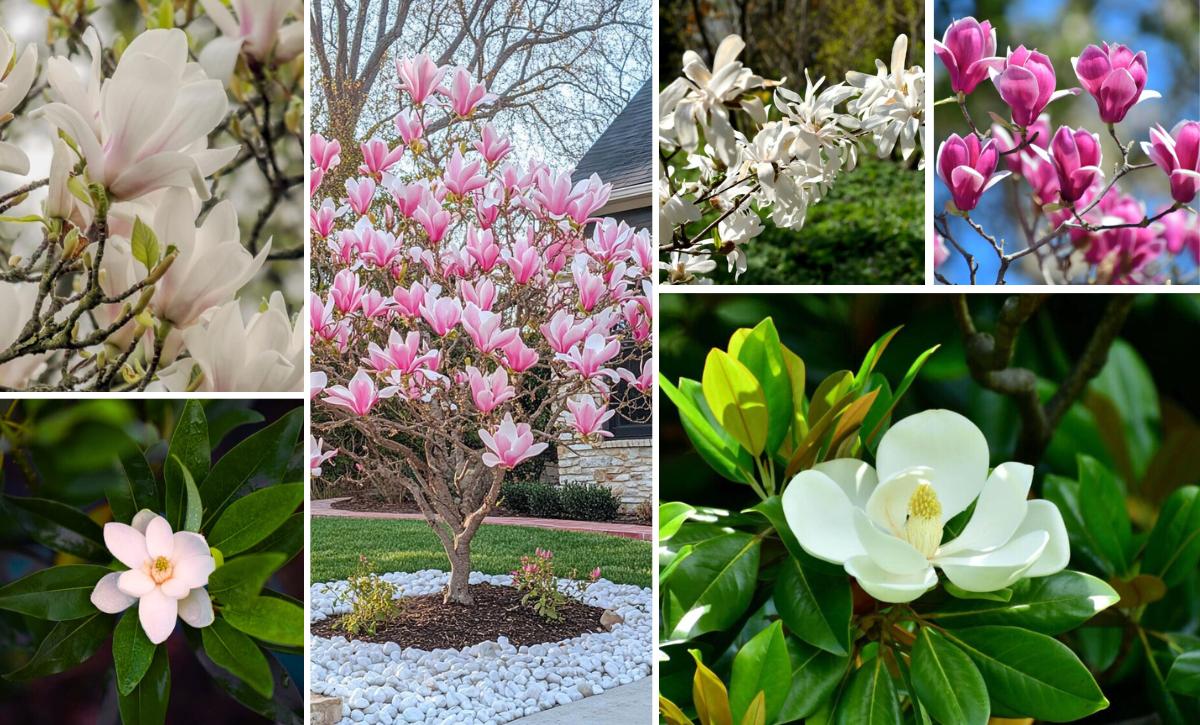Garden edging stones provide a beautiful and practical way to define your outdoor living space.
Garden edging stones are attractive and enable you to create distinct areas of your garden that echo its overall theme or intent.
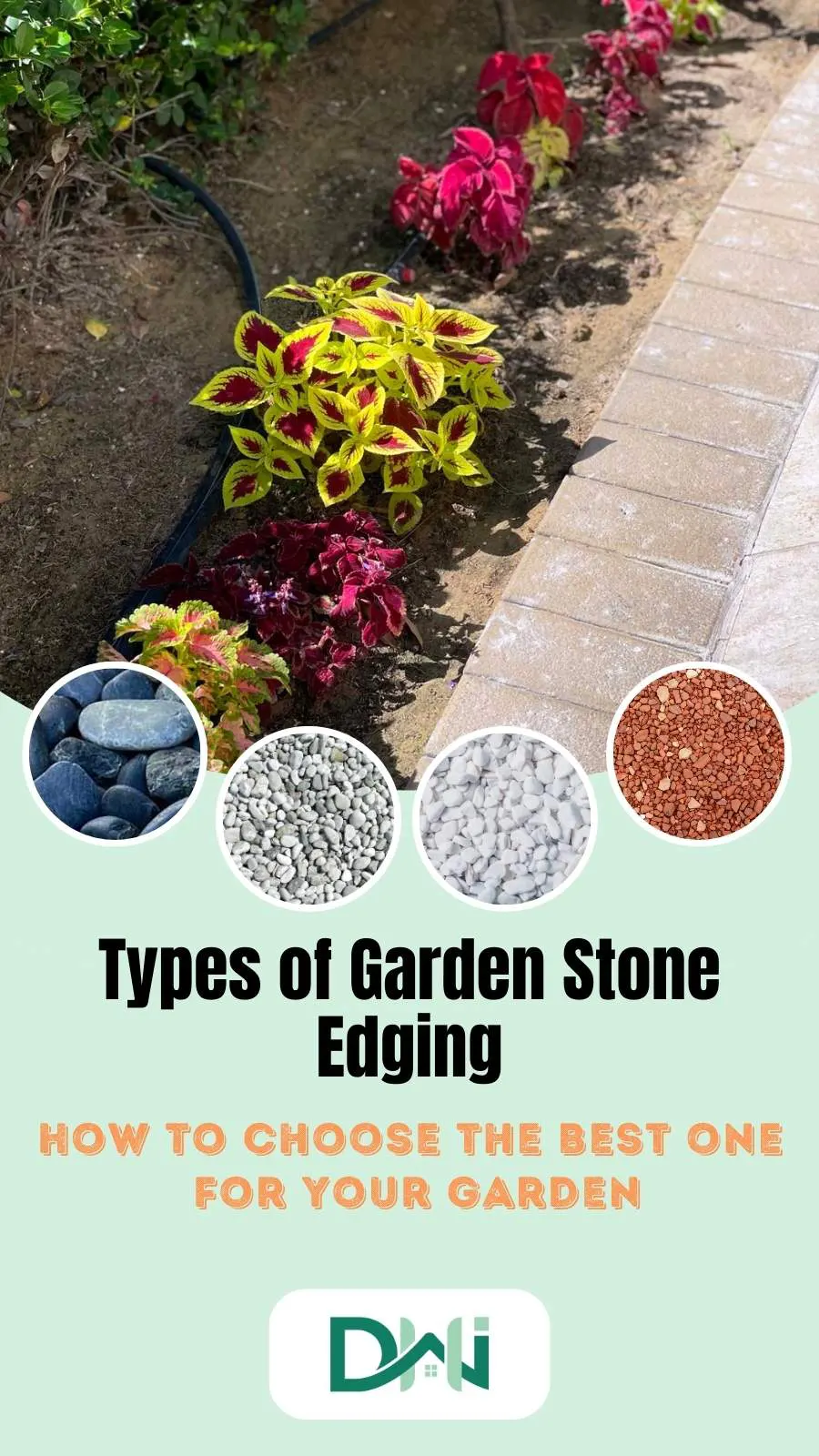
Several materials are available for garden edging, from natural stone bordering to custom-made concrete curbs so that everyone can choose the right type.
This blog post will highlight several types of rocks you can use for garden edging, how to install and maintain stone garden edging, and various design ideas for incorporating garden edging stones in your landscaping.
Types of Garden Edging Stones
When designing a garden, there is a range of stone edging options. Each type has an appealing aesthetic that can bring an attractive, unique touch to your outdoor space.
Before embarking on your garden edging project, consider the design you want and how you want to use your desired stone.
Cut Stone
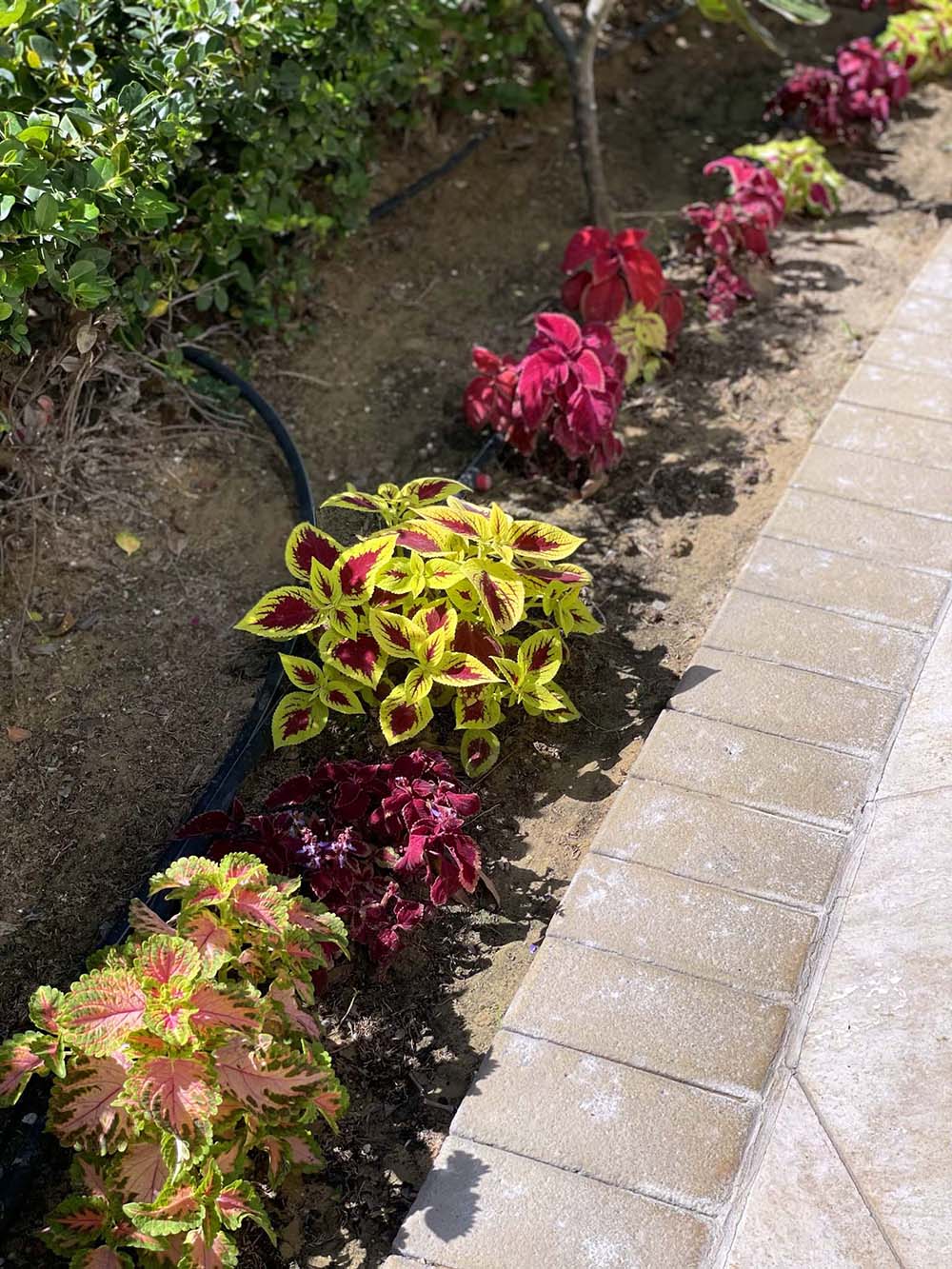
Cut stone is made from large rocks cut into uniform bricks using mechanized saws or special machines. The uniformity of the bricks allows for a wide variety of designs to be created within your edging, such as intricate patterns, curves, or broad straight lines.
Although a bit pricey, it is an excellent investment because of its durability and longevity. You can install this type of edging by stacking the stones in a border form and using mortar to bind them together for increased stability.
Little maintenance is required, with only occasional weeding between the stones being necessary. This kind of stone edging can be heavy, so hiring a professional to ensure the correct installation is best.
Slate
Slate is a sedimentary rock with layers forming a flat, bluish-gray stone. Slate can have both smooth and irregular surfaces. These rocks are ideal for creating garden walls and edging, as they are easy to stack without using mortar.
Moreover, you can arrange small chips on their sides to create an original aesthetic that stands out from the typical ground-level edge. Although slate walls require minimal maintenance, sometimes thin layers may come off due to their natural composition.
This can be a nuisance when stacking the stones since it reduces the wall’s stability and potentially requires additional reinforcements to ensure it is secure.
River Rock
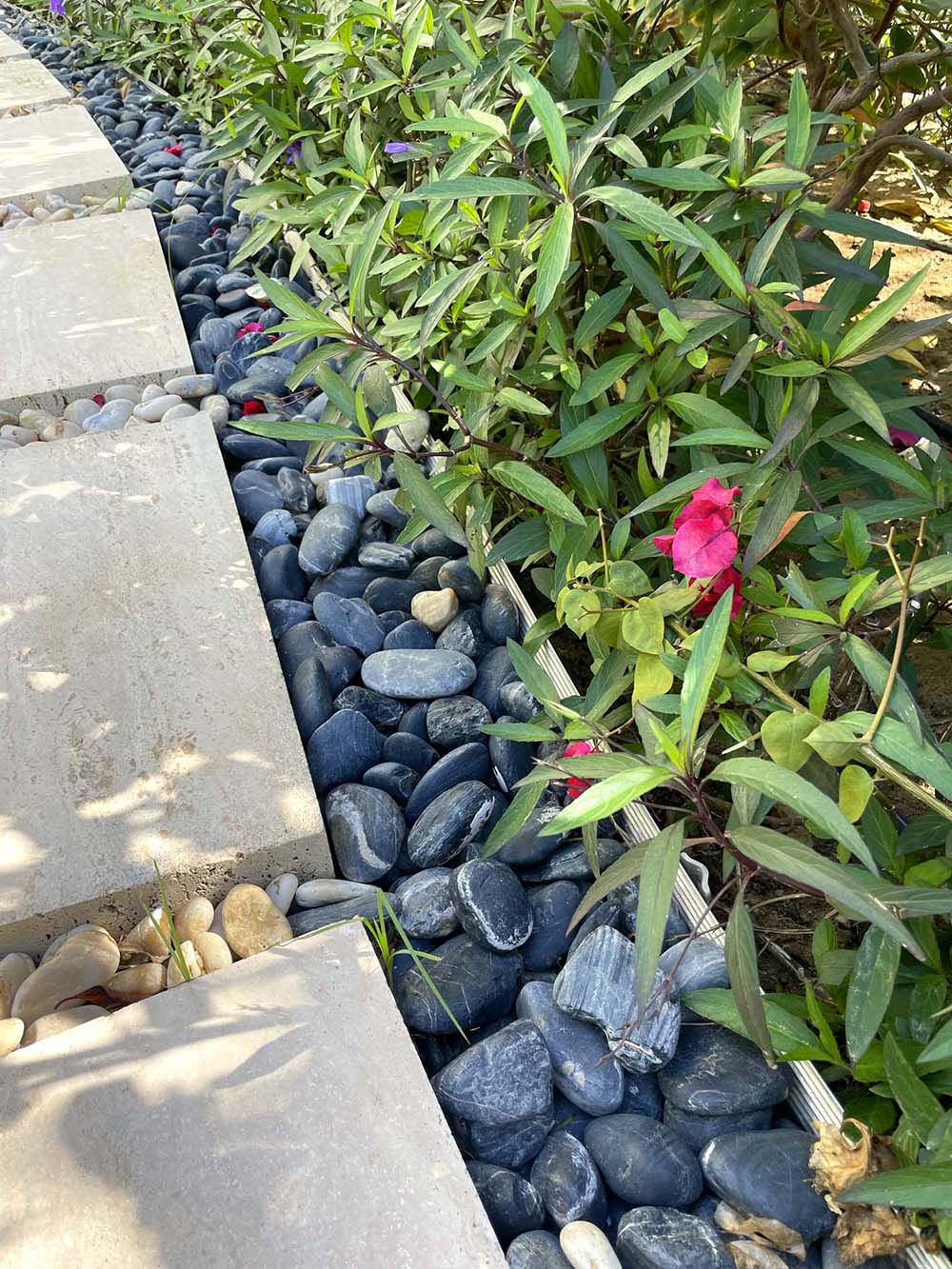
River rocks, also referred to as rock mulch, are another excellent choice for garden edging. These stones have been shaped by flowing water, giving them unique textures and colors that you can use to customize an outdoor space.
River rocks are commonly used in complicated garden edges since you can quickly pour them along your desired path. Installing river rock along a garden edge requires using a landscaping fabric underneath to reduce weed growth.
Still, it is essential to know that they can easily be picked up and scattered by a lawnmower. Despite this potential downside, river rock can still provide an exciting and beautiful border to any landscape design.
Pebbles
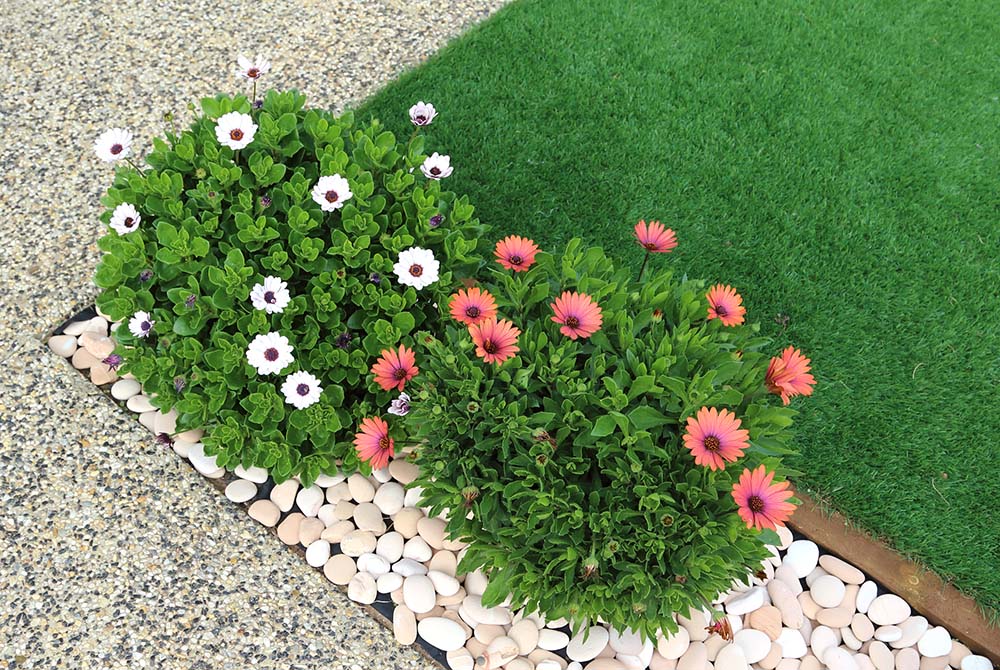
Instead of river rock, pebbles are a more affordable and effortless option for garden edging. They are also suitable for areas that may be subjected to flooding as the stones allow water to disperse without dragging away large amounts of them.
Even though purchasing a bag at $1 per pound appears like a great deal, they must be bought in larger quantities due to their smaller size. This makes them slightly more costly than other options for more expansive land areas.
However, they are smooth and relatively easy to work with compared to bricks requiring precise fitting together.
Terracotta Stones
Terracotta garden borders are usually made from ceramic tiles fired in a kiln and stamped with patterns. This classic edging is generally found in English gardens and has an unmistakable orange hue.
Terracotta is not as tough as other materials used for garden edging, so you need to take extra caution to prevent it from breaking or chipping. However, with proper maintenance, terracotta borders can last many years without requiring replacements. You should also note that terracotta edges may need special care depending on the wear and tear they will be exposed to.
Gravel
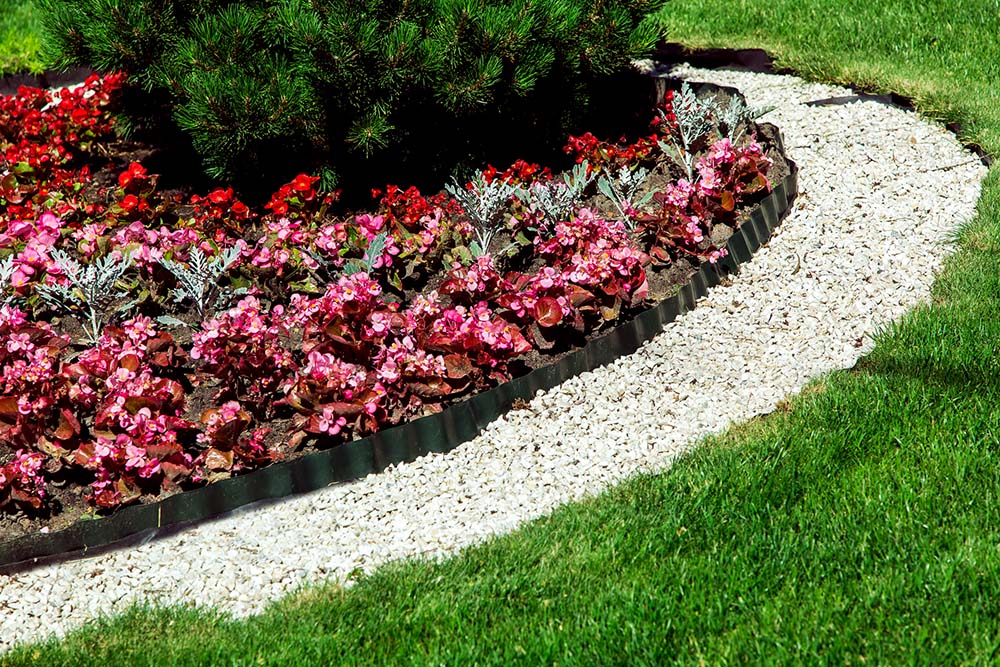
Gravel is an excellent choice for garden beds, particularly in cold climates. It helps to keep the soil from becoming waterlogged and retains warmth, allowing plants to thrive. It would be best if you lined the edging with the material at least one inch higher than the top of the gravel to ensure it stays in place.
Additionally, if too much gravel is used, plants may need more space near the edge to grow appropriately. It’s essential only to use two-inch higher layers to avoid this issue. This will provide sufficient support without preventing root systems from spreading out.
Cast Stone
Cast stones are made by recreating the look of natural stone through masonry. They can be made from crushed gravel or stones, sand, or cement, and mineral pigments enhance their color.
Their manufacturing process provides you with many options for utilizing them, and they are a low-maintenance and durable option. The lightweight nature of cast stones makes them easy to work with and cut into desired shapes for custom edging.
Still, their manufactured quality only sometimes provides the same level of detail that comes naturally with natural stone. As far as longevity is concerned, cast stone can experience some fading over time due to its porous structure.
Factors to Consider when Selecting the Right Garden Edging Stones for Your Garden
Style
Even though garden edging is normally about maintenance, you should ensure the chosen style seamlessly blends with your home and garden’s overall decor.
Consider materials and hues that fit your garden themes, furniture, and other outdoor elements. Garden edging can be designed to stand out or complement a home’s aesthetics, whichever appeals to one’s personal preferences.
Durability
It is essential to select garden edging stones that are highly durable and can withstand the elements, such as winds, rains, and extreme temperatures. It would help if you also considered that the selected garden edging stones would be exposed to lawnmowers and other gardening tools.
Therefore, spending more money on garden edging stones that can withstand these factors over time is wise. Additionally, you won’t have frequent repairs or replacements in the future.
Price
When improving your home, opting for the cheapest option is rarely a good idea. Investing in a cheaper option might lead to an early product failure, and you have to replace it, likely costing you more than if you had chosen a sturdier material in the first place.
This doesn’t mean you should choose the most expensive choice first. What’s important is finding a product that will last, looks good, and provides value for money.
Suppose you have limited funds for your garden edging. In that case, the good idea is to emphasize important areas, such as the entrance to your home or outdoor entertainment spaces, using a more expensive option.
For other parts of your garden, you can use a lower-cost alternative. This way, you can create an attractive and impactful landscape while keeping within your financial limits.
Installing Garden Edging Stones
Hiring a professional landscaper to help you install your garden stone edging is always recommended. However, if you want to tackle the project yourself, it’s easy too.
With some knowledge and know-how, you can easily install the stones in your garden to create the look of an attractive border.
Follow the following steps for your DIY garden edging project.
- Prepare Your Area
First, you’ll need to mark the area where you plan on installing the edging using a garden hose.
You can easily manipulate a garden hose to create the exact shape you desire, and you can view it from many different angles and distances to ensure that you get it just right, compared to using a rope or string.
- Outline Your Stone Edging Path
Use spray paint to mark a line along your hose. This enables you to have an assurance of where your line should be and dig without worrying about deviations from your design.
Opt for bright and vibrant colors for your spray paint, such as red or orange, to ensure the line is visible. These colors will stand out against green or brown lawns.
- Dig Out Grass
It is important to clear away all grass and weeds from the area you are putting your stone edging. Begin by digging out a shallow trench to create a suitable foundation for the stones.
Use a shovel to scrape away any vegetation from the surface, then dig further down with a pickaxe to break up any dirt and rocks below it.
Once the top layer has been removed, excavate with a handheld spade and use either your foot or a block and mallet to pack the dirt at the bottom of the trench firmly.
Take care not to leave any large chunks of soil or rock behind, as they could disrupt the evenness of your foundation.
- Use Sand or a Liner to Cover the Bare Area
The stone size you choose for your garden edging is an essential factor. If you opt for a larger block or slab, a layer of sand will provide the best bed for it to settle into.
Alternatively, if you prefer smaller stones such as pebbles and river rocks, laying down a thick covering of landscaping fabric before adding them will prevent weeds or other plants from sprouting between them.
- Place Your Stone Edging
At this stage, position your stones in the prepared area. Pour the stones into your ready space if you are using smaller stones like pebbles or gravel.
For larger stones, you can tap them in place using a rubber mallet to ensure they stay in place. Once these stones are secure, fill gaps with extra soil or sand for a lasting and sturdy garden edge.
Maintaining Garden Edging Stones
Cleaning
You must clean your garden edging stones by washing off dirt, debris, and other residues. This will help prevent damage from occurring to the stone and keep it looking presentable.
Use a mild detergent such as dish soap mixed with warm water in a bucket, and use a soft-bristled brush or cloth to scrub down the stone gently. Ensure not to use anything abrasive on the stone, as this could cause it to become scratched or chipped over time.
Sealing
Once you have cleaned off any dirt or debris, sealing your garden edging stones with a sealant designed for outdoor use is highly recommended. This will help protect the stone from staining and discoloration due to water exposure and help maintain its original coloration and condition.
You must choose a sealant appropriate for the material used in your garden edging stones—if unsure, it’s best to consult with an expert before using any products on them.
Maintenance
This includes checking for signs of wear or damage, such as cracks or chips in the stone, and ensuring that no weeds grow between the stones —you can do this by using an appropriate weed killer once per season.
Additionally, you must check all joints between each of the stones regularly and, if necessary, repair them so that they stay secure in place; this will help prevent further damage from occurring due to the movement of soil beneath them over time.
Design Ideas with Garden Edging Stones
Create Borders with Garden Edging Stones
One of the most common uses for garden edging stones is to create borders around flower beds, walkways, and other outdoor features.
This is an easy way to make existing elements stand out and add definition to your outdoor space.
You can use different colors and shapes of stone to create interesting patterns that will draw the eye without being too overwhelming. Consider using neutral colors like gray or black if you want something more subtle.
Rock Scaping
Consider rock scaping if you want to make a statement with your garden edging stones.
Rockscaping involves using larger rocks as part of a design element—think Japanese gardens or Zen gardens with large rocks arranged aesthetically pleasing.
Rockscaping also adds texture and color contrast that can bring visual interest to any landscape design. When it comes to rock scaping, there are no right or wrong ways to do it; experiment until you find something that works for you.
Raised Gardens
Garden edging stones aren’t just for creating borders but also for raised garden beds. Raised gardens are great if you have limited space but still want the benefits of having plants in your yard.
The stones help keep the soil in place while adding visual interest simultaneously.
Ensure whatever type of stone you choose is non-toxic, so it doesn’t leach any chemicals into the soil or plants.
Final Remarks
When it comes to edging your garden with stone, you can choose from many different types of stones and then arrange them uniquely that fit your style and tastes.
Stone is ideal for creating a long-lasting and aesthetically pleasing border around your flower beds or any other part of your garden. By selecting any of these stone edging options, you can give your outdoor space an elegant finish that will look great for years.

